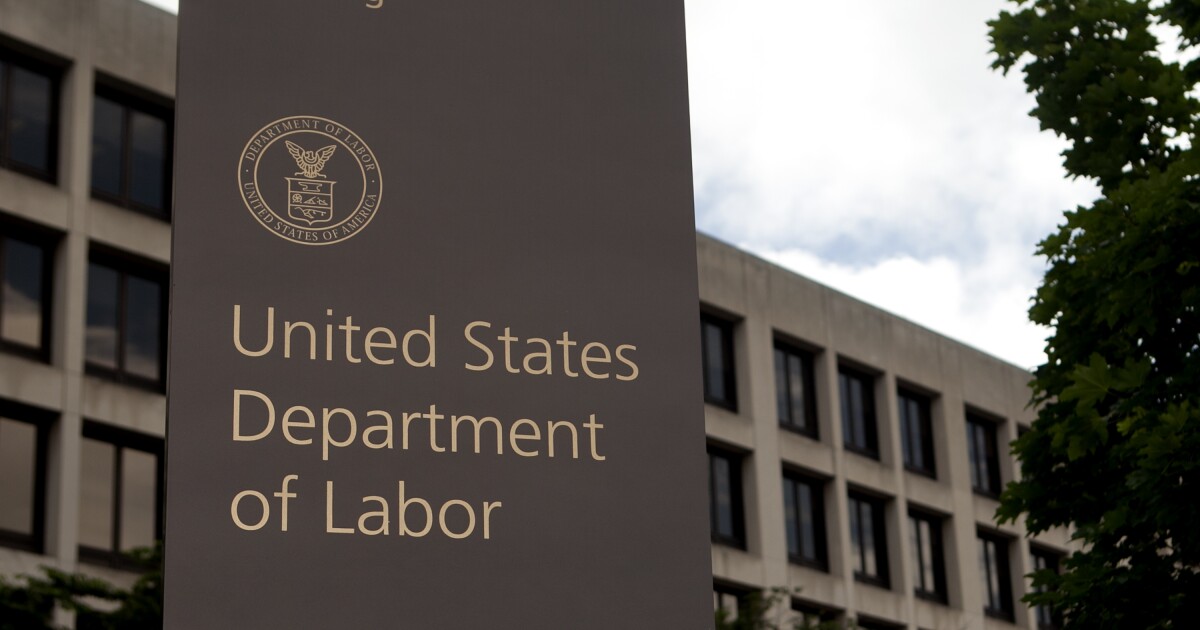
The latest drop in employment estimates for nonbank mortgage bankers and brokers show the gains from 2021 have completely been erased.
Mortgage industry payrolls dropped to 390,800 in September from a revised 401,000 the previous month, according to preliminary data the Bureau of Labor Statistics reported Friday. That's the lowest number seen since November 2020, when the payroll number was 388,700.
But far more in the way of staff reductions will be needed to bring the mortgage industry's numbers back in line with what was the norm for originations prior to the extraordinary housing boom seen over the course of the past two years. Mortgage employment peaked around 430,000 during the boom, but before it began, industry payrolls were just below 310,000. Mortgage bankers may need to shed at least another 25% to 30% of their staff to bring payroll size in line with current loan volumes, according to one industry economist.
The bureau's latest statistics also show recent cuts or other departures have reversed an uptick previously seen in the mortgage broker segment, leaving numbers for these third-party originators a little lower at 131,000. In comparison, an estimated 132,600 people were on broker payrolls in August, according to the latest revision of those numbers.
Multiple companies, including loanDepot, Amerisave, Mountain West Financial and Finance of America, have announced complete shutdowns of their third-party origination divisions recently as those loan channels' pricing has become extremely competitive.
More broadly, the availability of jobs in the United States has continued to expand. Domestic employers added 261,000 jobs in October. (Overall jobs numbers get reported with less of a lag than categories used to compute mortgage banker and broker estimates.) Unemployment remained historically low in October, but did inch up to 3.7% from 3.5%.
Although unemployment climbed slightly and consumers' paychecks were weaker in the latest numbers, economists generally think it unlikely these developments will convince monetary policymakers to stop raising the interest rates that have dampened demand for mortgage originations.
"The easing in wage growth might help reduce some inflationary pressure, but we expect the Federal Reserve to continue its current course of policy tightening until there is broader evidence of cooling inflation," said Joel Kan, vice president and deputy chief economist at the Mortgage Bankers Association, in a note on the job numbers issued Friday.
Rising rates didn't stop gains in builder employment last month, but the segment's numbers did look a little weaker than they have been.
"Residential building is up 7.7% compared with pre-pandemic levels, while non-residential building remains 4.8% below pre-pandemic levels. However, the gains were not broadly based. Specialty trade contractor jobs declined for both residential and non-residential," First American Deputy Chief Economist Odeta Kushi said in her note on the latest employment statistics.
"The construction industry has faced a skilled labor shortage for years. It's not entirely surprising to see [job] gains in a cooling market, as there are many homes under construction," Kushi noted.



